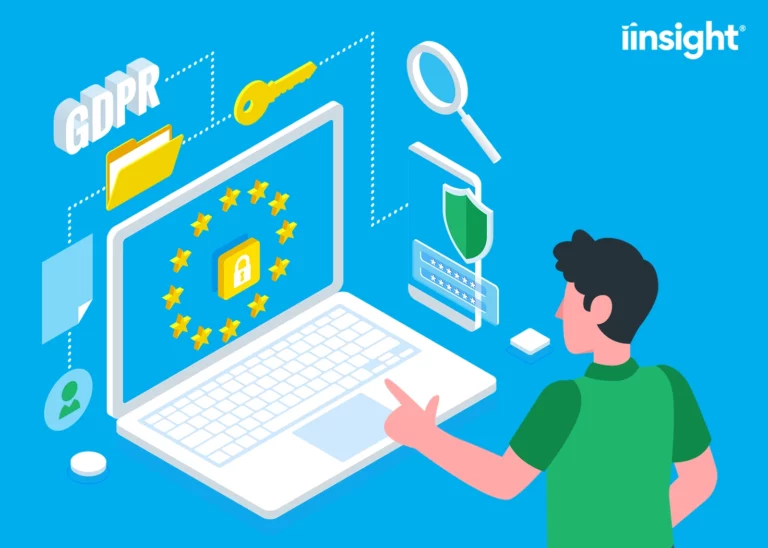What should you look for in a health and safety management system? It’s essential to keep track of a system’s features to ensure full effectiveness, especially regarding your workplace health and safety.
Here are five factors that make occupational health and safety management systems work to their full potential:
- Data management
Data entry is one of the most challenging tasks to keep up in any organisation. Fortunately, effective health and safety management systems allow you to drag-and-drop files from your computer to a selected case with no problem.
On top of that, you can easily keep things organised with custom folders, assigning unique labels to help you track which document is which. You can even input data effortlessly with scan-to-email features that attach your scanned files to the relevant client record.
- Accessibility
Top-quality OHS management systems are cloud-based, which means you can access files from anywhere, anytime. This minimises the need to be in your office at all times, making monitoring simpler for your staff.
- Scalability and customisability
Business growth should be a priority, no matter what industry you’re in; however, not all management systems can grow along with your organisation. An effective occupational health and safety management system is scalable and customisable, giving you options to personalise the application according to your unique requirements.
- Industry compliance
Every business needs to comply with Work Health and Safety regulations set by the relevant authorities. To reach this, you need a reliable OHS management system that can help you keep track of your health and safety practices and compliance processes.
Quality OHS software helps you track injuries, report illnesses, and observe work conditions to ensure industry compliance with the MSHA, WCB, RIDDOR, or OSHA.
- System integrations
The best health and safety management systems can integrate with other platforms, such as Medicare’s claims portals. This way, you don’t have to switch between applications and risk doubling data entry; instead, you can seamlessly transfer information between two systems, speeding up your processes while ensuring compliance.











